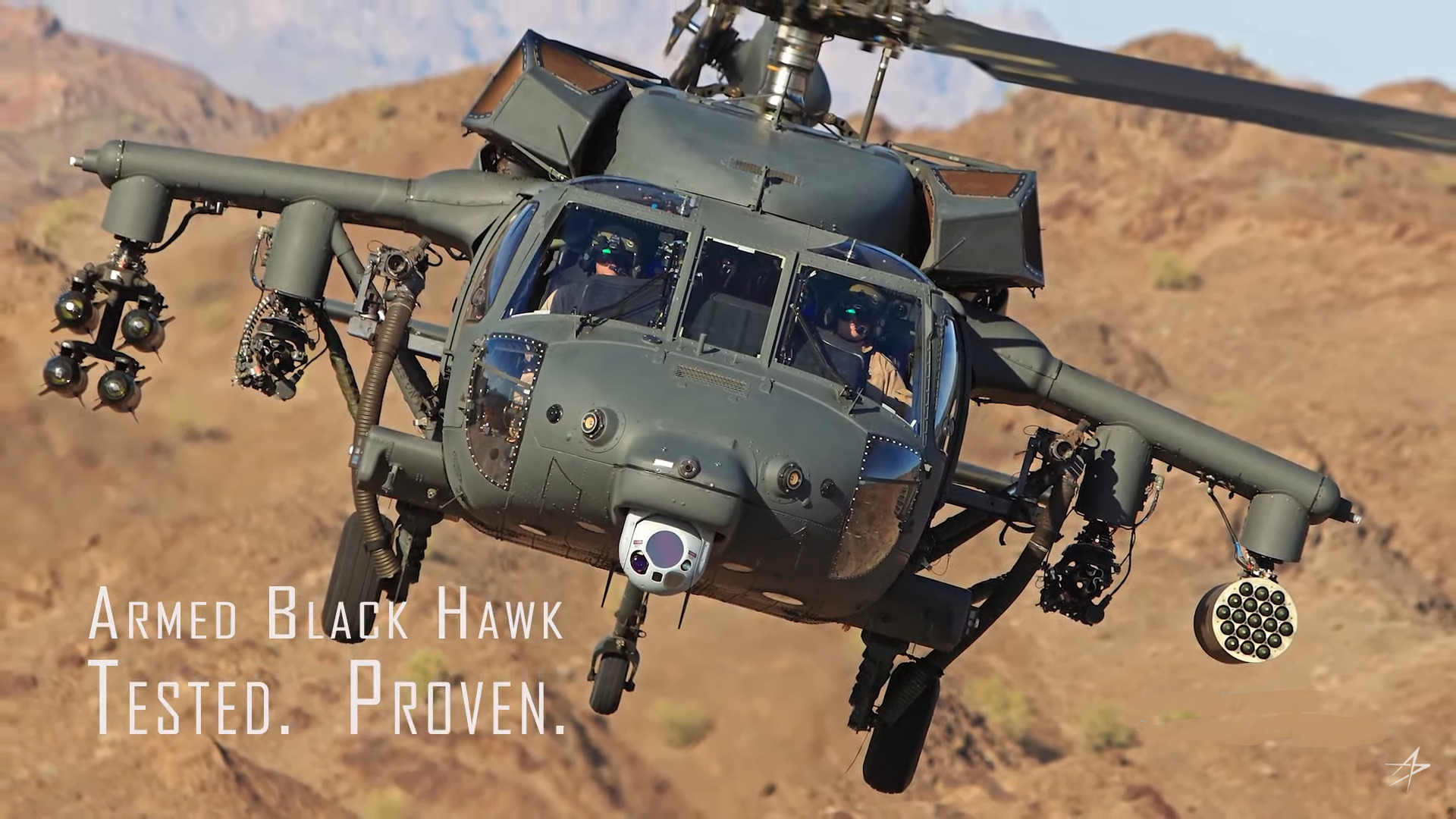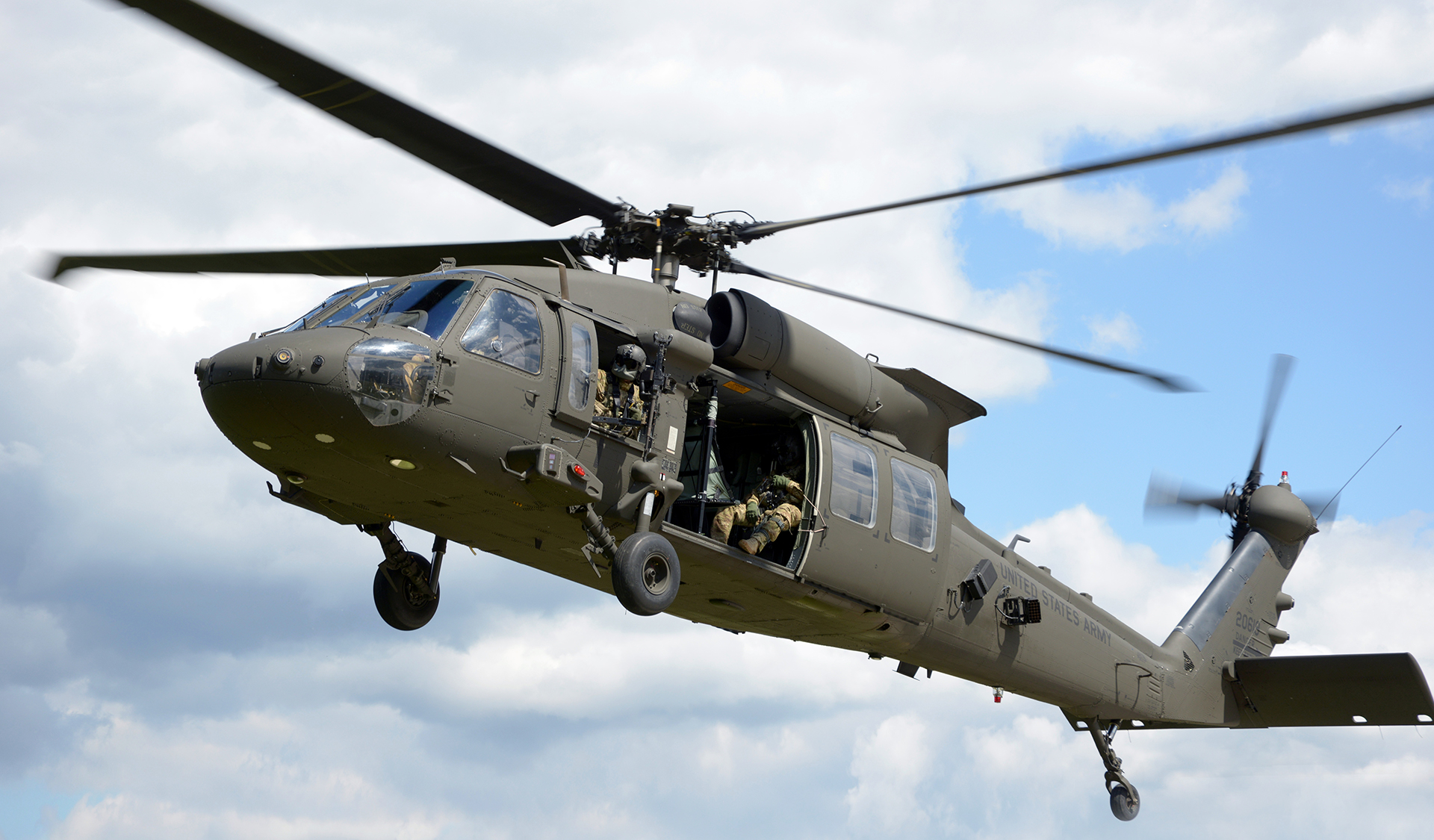Exactly How the Blackhawk Helicopter Sustains Tactical and Good Samaritan Missions Around The World
Checking Out the Thrills and Innovations of the Blackhawk Helicopter
The Blackhawk helicopter stands as a testament to armed forces air travel's advancement, merging technological innovations with sensible applications. What lies ahead for this legendary aircraft, and how will arising innovations form its future in armed forces procedures?
Background of the Blackhawk Helicopter
Since its creation in the 1960s, the Blackhawk helicopter has played a critical duty in contemporary army aeronautics. Developed by Sikorsky Aircraft, the UH-60 Blackhawk was developed to meet the U.S. Army's requirement for a flexible utility helicopter efficient in carrying out a range of objectives, consisting of troop transport, medical emptying, and cargo airlift. The layout was an action to the constraints of earlier helicopters, specifically in regards to speed, survivability, and maneuverability.
The Blackhawk made its initial flight in 1974 and soon entered service in 1979. Its introduction noted a substantial innovation in helicopter technology, including a two-rotor system that improved performance and stability. The airplane's sturdy building and construction and advanced avionics allowed it to run properly in varied environments and problems.
Throughout the years, the Blackhawk has actually been constantly updated, integrating lessons found out from numerous battle circumstances. Its release in conflicts such as the Gulf Battle, Somalia, and the War on Horror more solidified its credibility as an important possession. The Blackhawk's heritage is identified by its flexibility and durability, making it a cornerstone of armed forces aeronautics for years.
Trick Functions and Specifications
The Blackhawk helicopter is differentiated by its robust layout and progressed technical features, which jointly improve its functional capabilities. Designed mostly for utility missions, the Blackhawk flaunts a maximum departure weight of roughly 22,000 extra pounds, permitting it to carry significant payloads while keeping dexterity.
Furnished with two General Electric T700-GE-701C engines, the Blackhawk accomplishes a maximum speed of around 183 knots and a variety of 368 maritime miles - Blackhawk Helicopter. Its cutting edge blades system includes a four-blade major blades and a four-blade tail rotor, making certain stability and maneuverability in numerous flying conditions
The helicopter's cabin can suit up to 11 soldiers or numerous cargo arrangements, showcasing flexibility in goal accounts. In addition, the Blackhawk is developed with innovative avionics, including electronic trip controls and a detailed cockpit display screen, improving pilot situational recognition.
For enhanced survivability, the Blackhawk integrates ballistic armor and self-sealing fuel containers. Its capability to operate in varied environments, from deserts to icy terrains, better solidifies its credibility as a trustworthy system for military and humanitarian operations alike. The Blackhawk's combination of versatility, power, and durability makes it a cornerstone of modern-day airborne capacities.
Advancements in Modern Technology
Developments in innovation have considerably boosted the capacities of the Blackhawk helicopter, guaranteeing it stays at the center of army aviation. Among one of the most noteworthy developments is the combination of innovative avionics systems, which supply improved situational awareness via real-time information processing and display screen. This innovation allows pilots to browse complicated environments better, boosting objective success prices.

Furthermore, the introduction of electronic fly-by-wire systems has revolutionized the control devices of the Blackhawk, offering smoother handling and increased responsiveness. Collectively, these technological advancements guarantee that the Blackhawk helicopter remains an essential asset in contemporary military procedures.
Roles in Armed Force Procedures
With sophisticated modern technology improving its capacities, the Blackhawk helicopter plays a multifaceted function in army operations. Largely, it is utilized for army transportation, enabling quick implementation and extraction of workers in different fight situations. Its roomy cabin can suit up to 11 troops, making it an essential asset for special procedures and large goals.
In Addition, the Blackhawk acts as a medevac platform, geared up to carry wounded soldiers promptly and successfully from the battlefield to medical centers - Blackhawk Helicopter. Its adaptability encompasses logistical assistance, where it brings products and equipment essential for maintaining military procedures in remote locations

The helicopter is additionally crucial in reconnaissance objectives, offering aerial security and intelligence-gathering capacities. Its capability to run in diverse environments-- ranging from urban setups to severe terrains-- further strengthens its relevance on the field of battle.
Furthermore, the Blackhawk can be furnished with sophisticated weaponry, permitting it to involve in battle and give close air support. This adaptability emphasizes the helicopter's important role in modern army methods, making it an important part of armed forces worldwide.
Future Developments and Innovations
Developments in modern technology guarantee to usher in a new period for the Blackhawk helicopter, enhancing its capacities and functional performance. As the armed forces landscape evolves, so also does the emphasis on integrating advanced modern technologies into rotary-wing airplane. Future advancements for the Blackhawk might consist of enhancements in avionics, such as innovative flight control systems and enhanced situational awareness devices powered by expert system. These innovations will promote more precise navigation and decision-making in intricate environments.
Furthermore, the combination of unmanned systems is on the horizon, potentially enabling manned-unmanned teaming procedures that can increase goal profiles and reduce risk to workers. The Blackhawk's layout is additionally expected to incorporate lighter and stronger products, boosting gas efficiency and total efficiency.

Final Thought
Finally, the Blackhawk helicopter represents a significant accomplishment in army aviation, characterized by its versatility and progressed technical features. Its historic advancement reflects a continual this feedback to functional requirements, improving abilities in numerous roles such as troop transportation and medevac operations. Continuous technologies, consisting of the integration of expert system and hybrid-electric propulsion, assure to more strengthen the Blackhawk's effectiveness and importance in future army engagements, ensuring its status as a necessary property on the field of battle.

With sophisticated modern technology improving its abilities, the Blackhawk helicopter plays a diverse duty in army operations. (Blackhawk Helicopter)